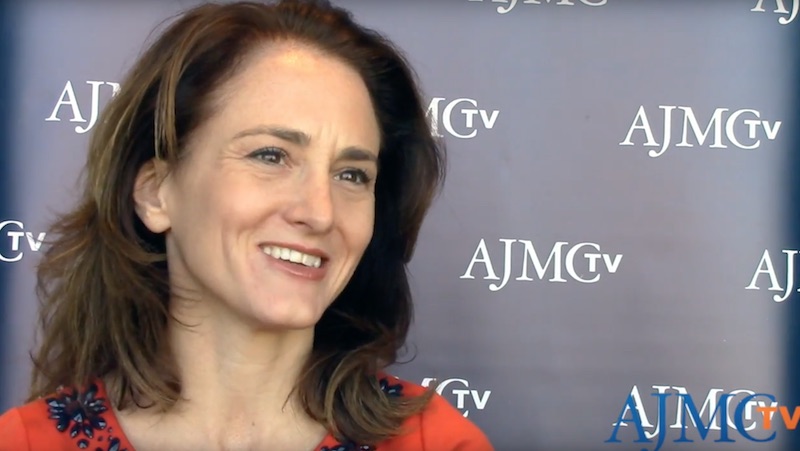
Originally posted on AJMC.com.
Last month, Carevive’s Co-founder and Chief Clinical Officer, Dr. Carrie Stricker, PhD, RN, spoke at the 5th Annual Patient-Centered Oncology Care Conference in Baltimore, Maryland. The event is organized by the The American Journal of Managed Care. Dr. Stricker was part of a panel discussion titled “M Panel: Surmounting Health IT Challenges in Oncology Care”.
Innovative health IT tools like those developed by Carevive help maximize the balance between patient self-management and care team engagement, which is especially important in the era of value-based care, according to Carrie Stricker, PhD, RN, AOCN, chief clinical officer and co-founder of Carevive.
Transcript (slightly modified)
How does Carevive use health IT to develop innovative solutions for cancer care providers?
Carevive’s approach to innovative solutions in cancer care is to develop tools that help maximize that balance between patient self-management and care team engagement across the care continuum. So as we are rapidly moving into this era of value-based care, where cancer care teams are going to be held accountable to patient outcomes and costs, engaging the patient in their own care has been shown again and again in a number of studies to improve not only patient outcomes but also decrease cost. And so we need to get that piece of the puzzle right, but we need to also ensure that the care teams know when to engage with the patient, when that patient is at risk, when they’re moving outside that area of being able to manage their own healthcare.
So we do that through innovative solutions that in a validated and highly tailored fashion ask patients about their symptoms, their functional status, their concerns, their goals for their care and their quality of life throughout their cancer experience, and then give them the tools they need to self-manage symptoms as they’re starting to progress. To know when to call the care team as symptoms, function, and other issues are worsening, and then to engage the entire care team—not just the physician or the nurse or the advanced practice provider in the clinical visit at the point of care where you’ve got that 15 minute, at most, visit.
We also have the tools to ensure that those patients who are running into trouble between visits get the attention from the care team that they need, by actively alerting those care providers.



